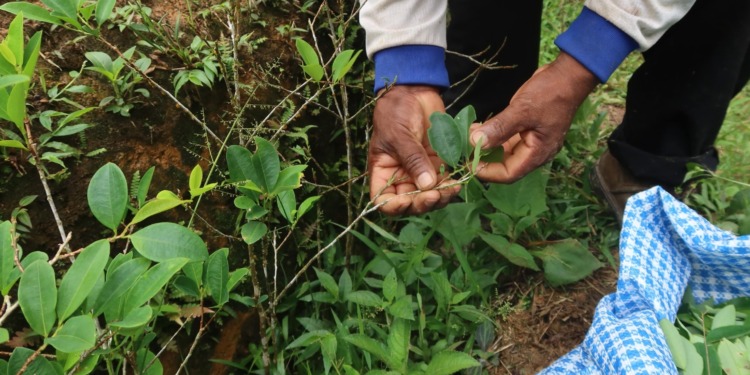In the Western world, the sacred South American coca leaf is most commonly known for being the plant that cocaine is derived from.
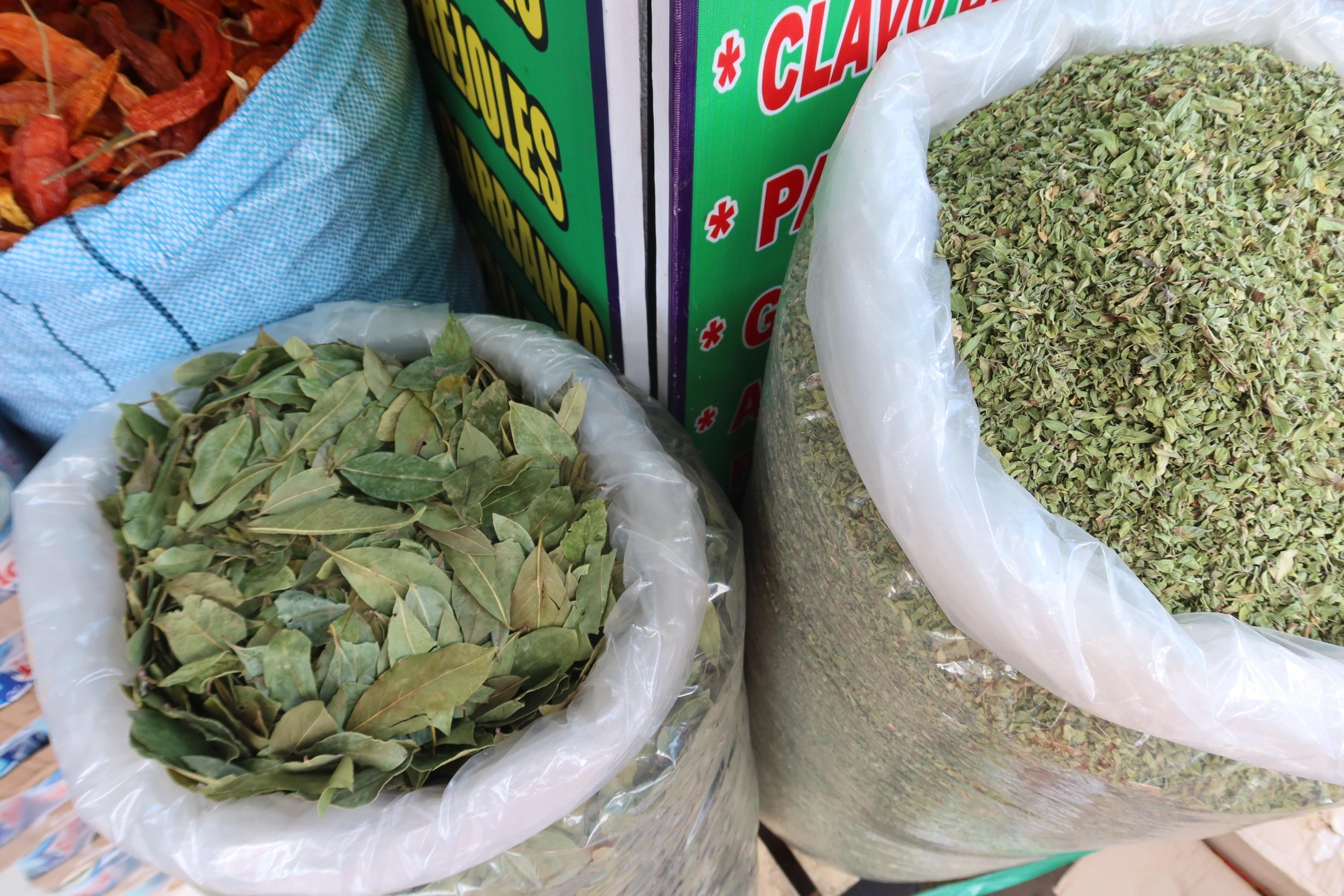
However, what can be learned from visiting the countries from which the leaf originates, Bolivia, Peru and Colombia, is that the coca leaf’s true use is far from that of the addictive drug it’s so wrongly, and too often associated with.
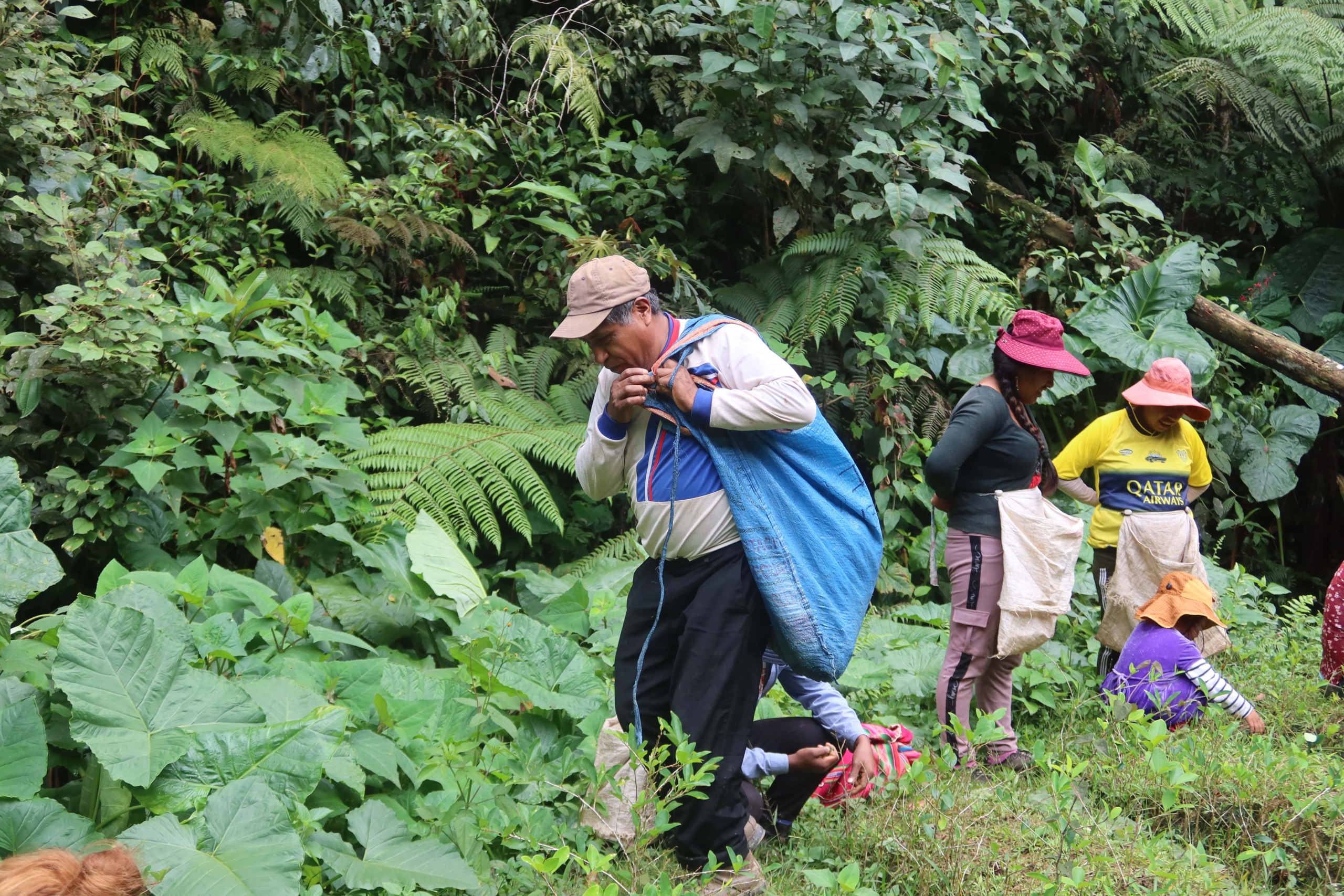
Drinking coca tea, sucking on coca sweets, and chewing on the sacred leaf itself are as common in the Andes as a croissant is for breakfast in France. Yet, in most places in the world, this harmless leaf is highly illegal.
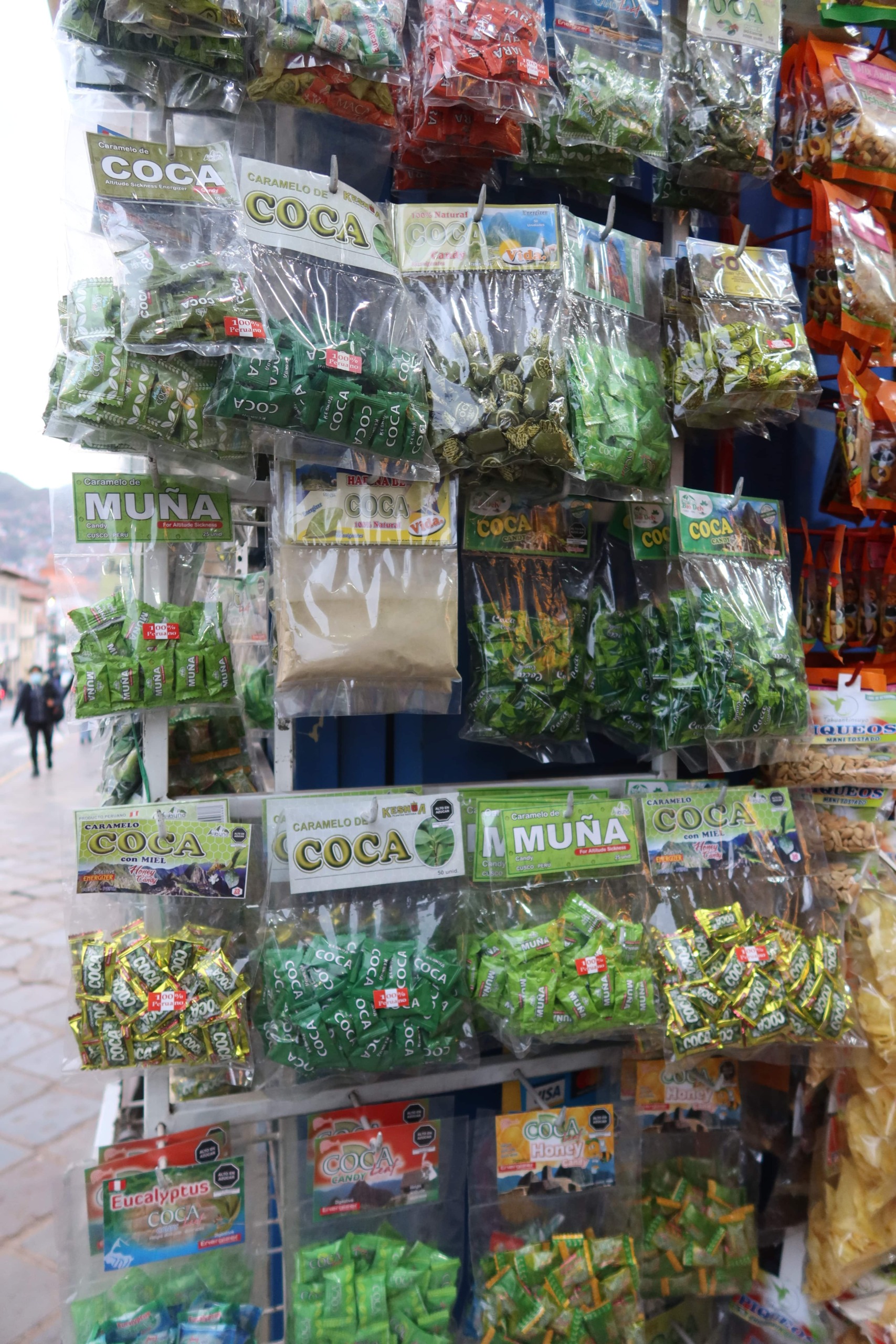
It’s hard, from a western perspective, to disassociate the leaf with cocaine, to comprehend quite how important it is to people’s livelihoods, and to also remove the negative connotations that it holds.
This clash of associations holds difficulties for the Andean people.
Holding onto a spiritual tradition that has been practiced for thousands of years, whilst the very same thing is a key component to one of the most widely used Class A drugs in the world, is not a simple situation to navigate.
The leaf is however still used on a daily basis to treat altitude sickness, stomach pain, asthma, suppress hunger, and cause increases in strength and energy levels.
A little history
The coca leaf has been chewed as a form of hunger suppression for as long as 8000 years.
Its importance in Andean culture in countries such as Peru and Bolivia was carried throughout the Inca period, however, during this time it was only royalty that was allowed to consume it. (For reference of who the Incas are, think of Machu Picchu in Peru, they built that!)
Not until the fall of the Incas was the leaf consumed by the common people.
It wasn’t until the 15th and 16th centuries, during the Spanish invasion that the first problems with the leaf began to arise.
Due to its association with religion and spiritual practice, Catholic priests were not fond of the coca leaf and even tried to rule it out entirely – foreshadowing what future laws against this plant would bring.
Although the leaves are used to treat common ailments and boost energy every single day, it has been found that regular use is nothing but a cultural habit, and is not addictive, harmful or mind-altering, unlike cocaine.
Due to its hunger-suppressing qualities, the Incas believed that the plant had been sent to them by the gods in order to keep them alive. From then onwards, the plant has been venerated by everyone who uses it in its purest form.

Cocaine
It wasn’t until the 19th century that the alkaline compound (cocaine) was discovered in the leaf.
This was a turning point in the history of the coca leaf, and over the years caused a lot of disruption in the indigenous communities who worship this holy plant. What, to them, had been a sacred, worshipped, harmless, and in fact, healing plant, was starting to cause deaths, addiction and violence.
In the early days of the discovery of cocaine, it was used as an anaesthetic, and not until the late 19th century were its euphoric effects reported on.
It was added to commonly known products such as Coca-Cola, which also contained the highly caffeinated Cola nut from west Africa, hence the combined name of the drink, Coca-Cola.
Although cocaine was soon removed as an ingredient from this popular soda, still to this day it is flavoured with deactivated coca leaves, and just one company in the world, the Stepan company, has the legal right to produce the coca plant for industrial purposes and import it to the USA.
They work in collaboration with the National Coca Company, a Peruvian initiative for the cultivation of the coca plant for health-beneficial purposes.
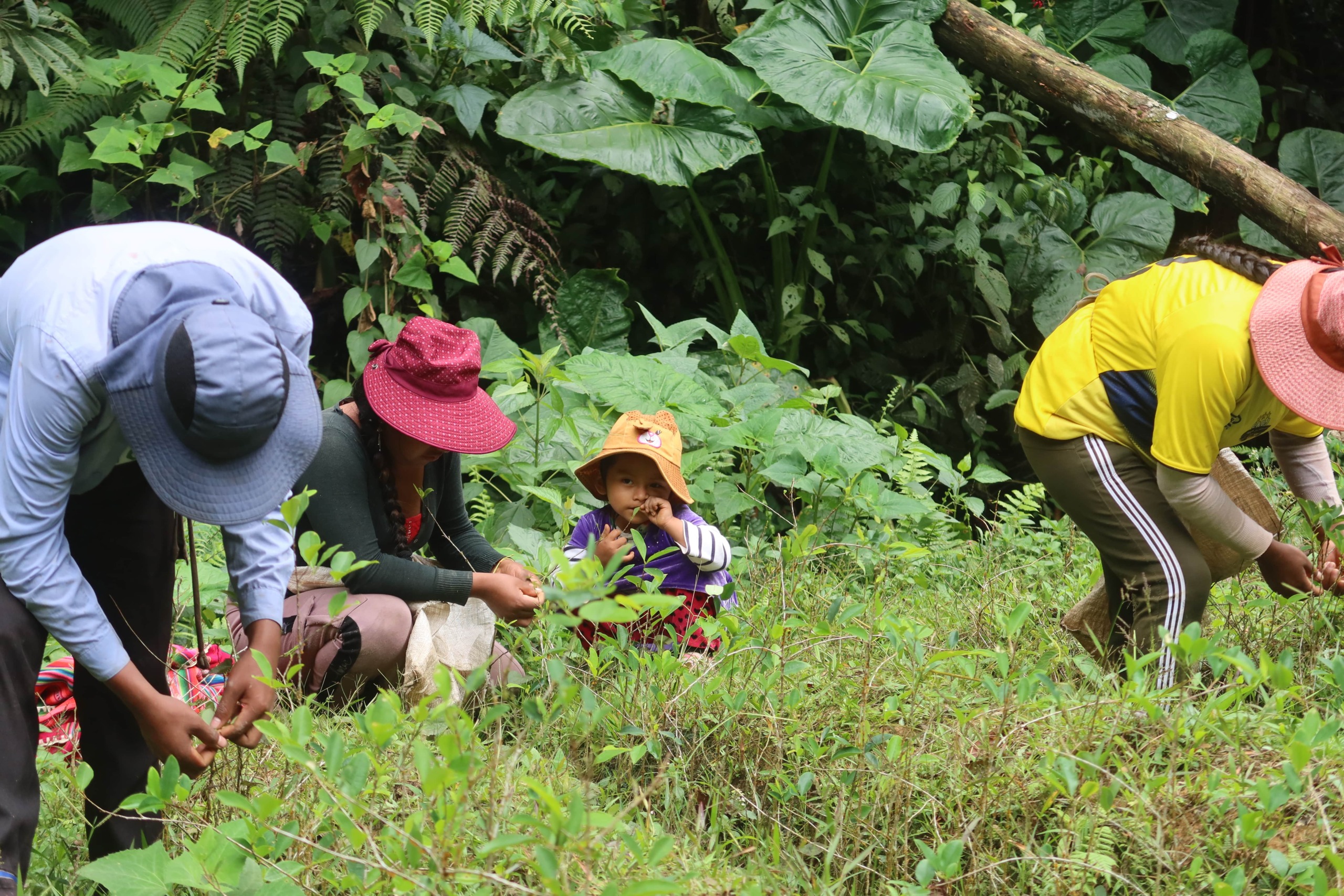
What happened?
With worldwide cocaine addiction on the rise, governments began to recognise the harm that this drug was causing.
However, it does need to be made extremely clear that the pure coca leaf itself has never been shown to cause harm to anyone, and it is not an addictive substance, but alas this is where the problem lies.
As has been witnessed many times in history, the West took a practice from developing countries and changed it to format their own desires, harshly worsening its connotations.
The coca leaf, which originated in the Andes for spiritual chewing and medicinal aid to those working in the fields, was now known as a murderous drug, destroying peoples’ livelihoods.

By the early 20th century the scale of coca production had increased enormously, and things got out of control.
The coca plant’s original use had been forgotten about, yet it was the indigenous people who worshipped its pure leaf that suffered.
The 1961 Single Convention for Narcotic Drugs was released, and called for the destruction of all coca plants. Even the leaf itself was to be classified as a schedule one narcotic, making the chewing of it, even in spiritual practice, illegal.

This was a worldwide law, which disrespected the history and culture of the Andean people, who had used the leaf safely for 8000 years.
To put this into perspective, it would be like the USA telling British people now, that they can’t grow potatoes, because of Americans becoming obese by eating too many fries. Ridiculous right?
Governments of Andean countries such as Bolivia, Colombia, Peru, and Ecuador acknowledged this global lack of recognition for their indigenous population, and stood up against this discriminatory law.
In fact, at a 2009 UN conference, the former president of Bolivia, Evo Morales, purposefully chewed coca at the event.
He chewed it with passion and integrity, representing the people of his country, and defending their deep-rooted, harmless culture.
Here’s a snippet of what he said at the conference.
“We know that cocaine is derived from a part of the coca leaf, we are not part of the cocaine culture, the consumption of the coca leaf dates back to 3000 years before Christ, now we are 2000 years after Christ, how can you abolish it in 25 years? Knowing that chewing coca leaves is not harmful to human health, the chewing of the Coca leaf is like this (puts in his mouth and chews, high applaud from the audience) it doesn’t cause harm to anyone.”
He then goes on to say that all other singular ingredients for cocaine should be added to the schedule 1 list of narcotics, but they are not.
“This leaf is something sacred,” said Morales.
Something the people of the Andes who value this leaf can teach us all, is that there’s a whole lot more to the coca leaf than just the white powder we derive from it, and that we shouldn’t forget its true uses, and where it comes from.
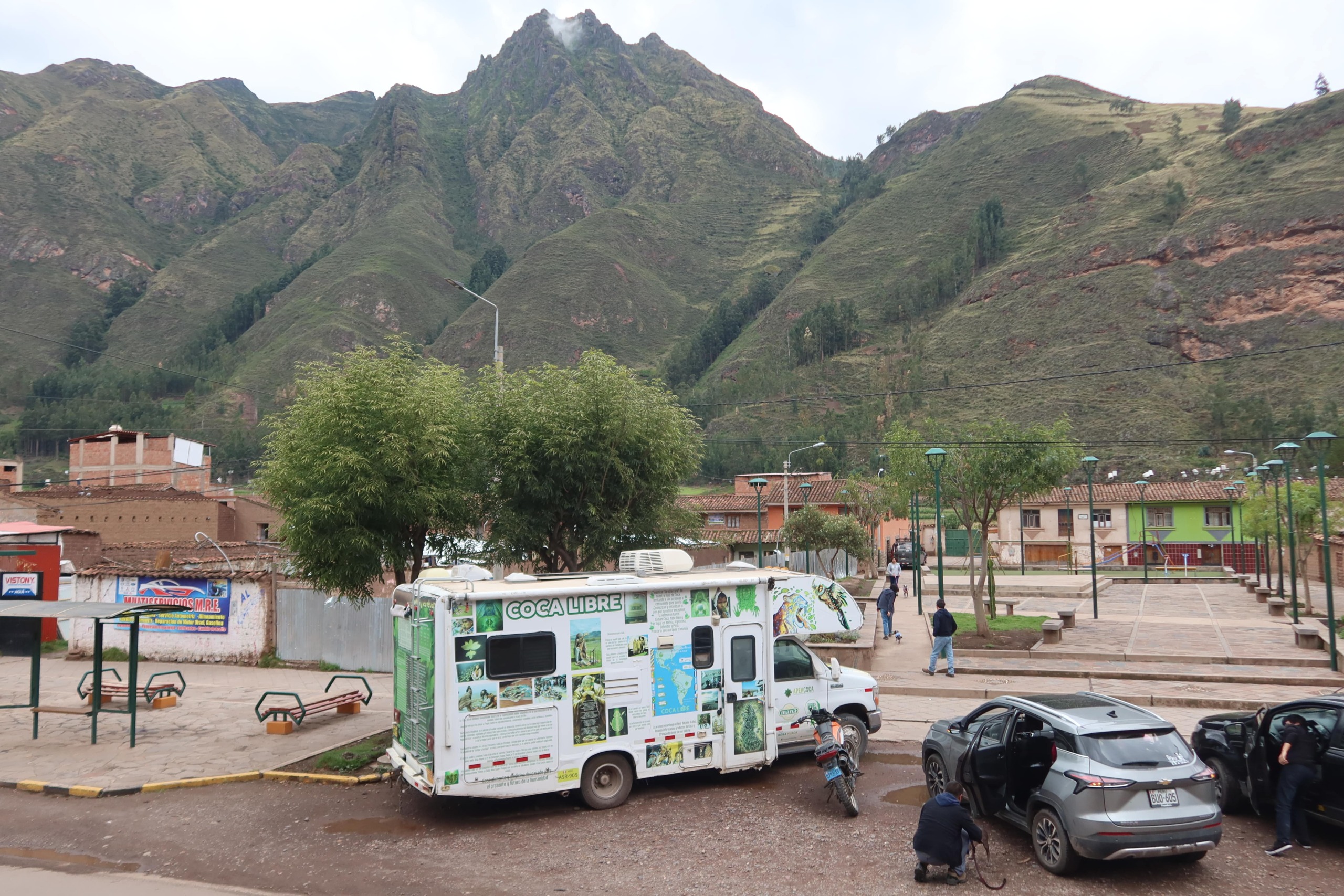
Editor’s Note: The opinions expressed here by Impakter.com columnists are their own, not those of Impakter.com — In the Featured Photo: The coca leaf being harvested. Featured Photo Credit: Alice Chapman


